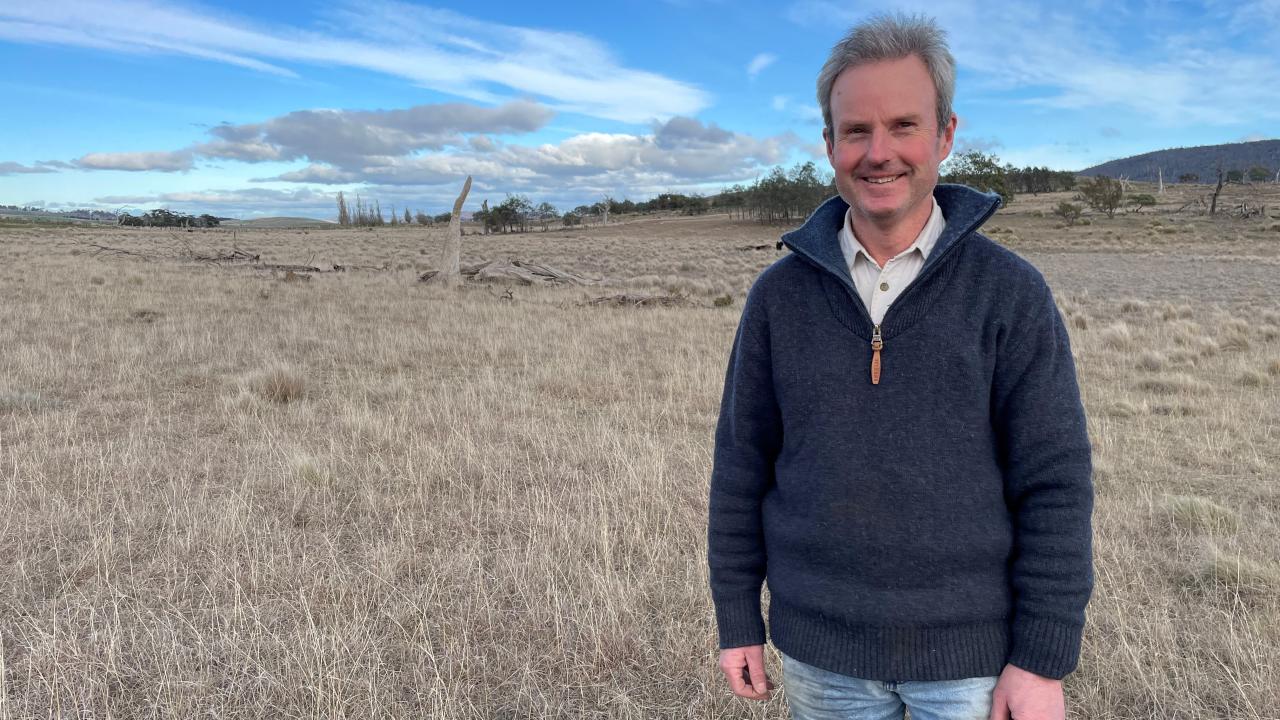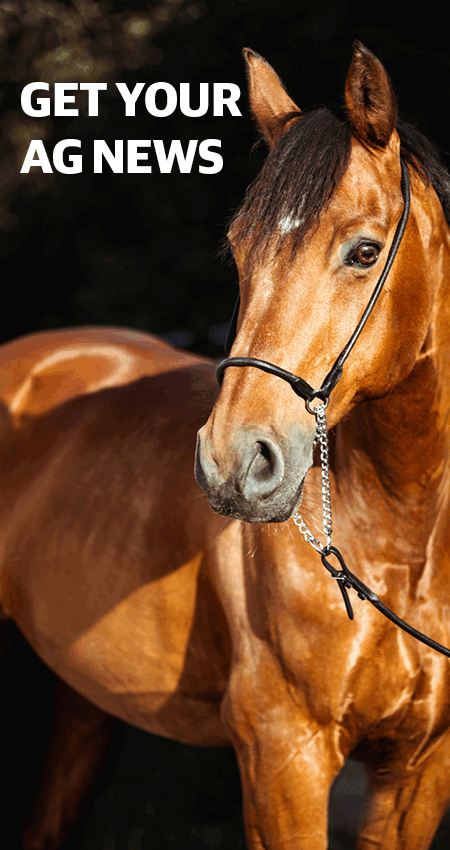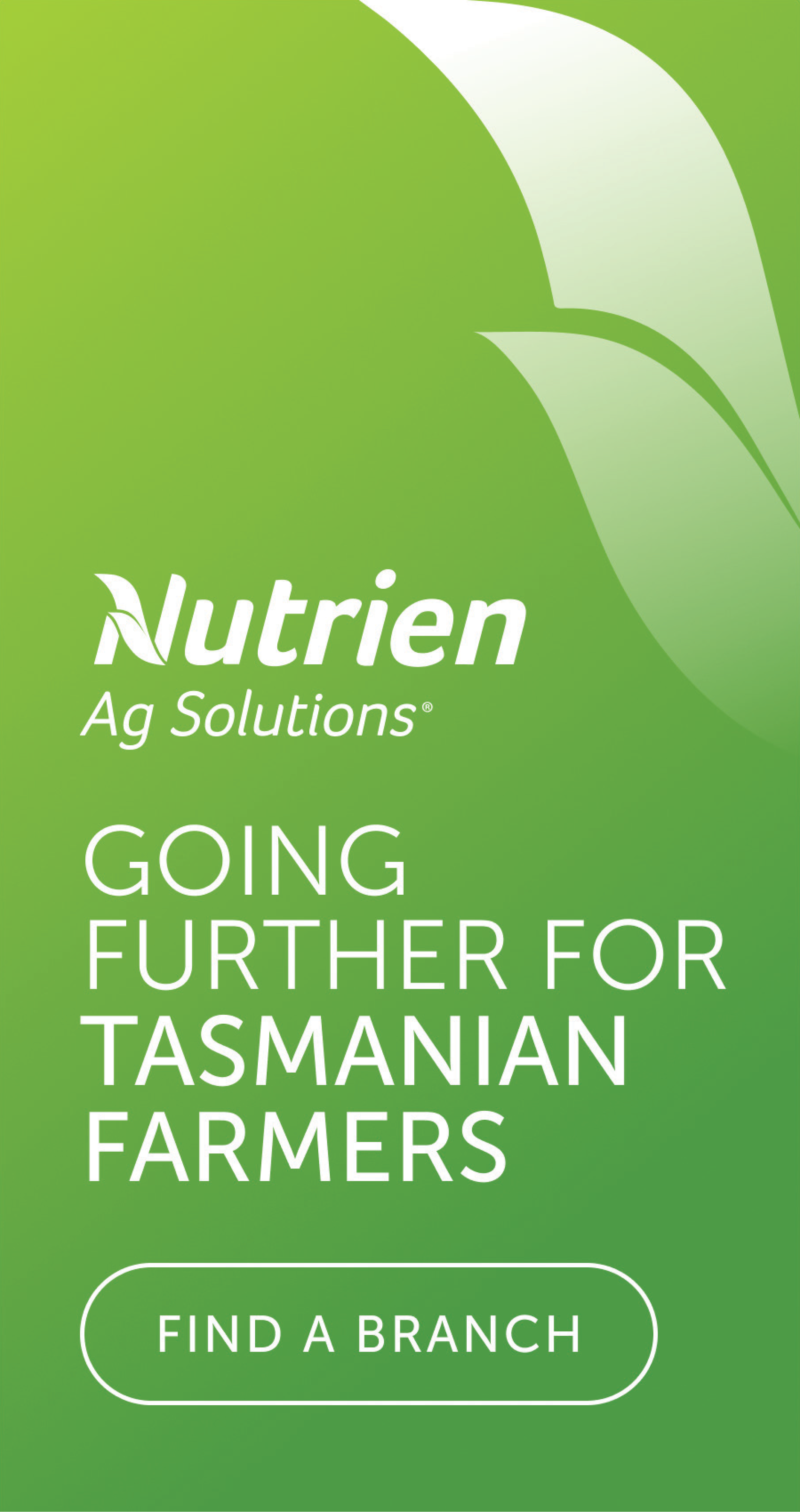Margins in native pasture

Simon Foster stood on the edge of one of three properties he farms near Campbell Town on Wednesday with 1500 hectares of native pasture stretching behind him to the horizon and a group of curious landowners in front on him wanting to know why.
Why hadn’t it been ploughed and utilised for high-value crops? Why wasn’t it growing the pasture varieties they had just driven past on the rest of the property?
The Value of Native Pastures: Enhancing Grazing Systems for the Future seminar, organised by Natural Resources Management (NRE) North, had started out on Wednesday with presentations from experts in a hall, and then moved into the untouched fields of Merton Vale.
Bordered by both the Macquarie and Elizabeth Rivers, Merton Vale has a large variation in land, soil and vegetation and is part of a significant area in terms of being among the small amount of lowland “thermometer grasslands” left in Tasmania, which experience cold winters and warm summers.
It’s part of the midlands area identified as one of 20 priority places in the Australian Government’s Threatened Species Action Plan 2022-23, due to its high biodiversity values and conservation significance.
“What’s interesting about Merton Vale is that post WWII when lots of development was done in Australia and bulldozers, sub-clover and superphosphate were new on the scene and a lot of land use changed - the management of this property didn’t have their eye on the ball - they didn’t develop large parts of this property,” Simon said.
“The legacy of that is we’ve got significant areas of native vegetation left, so if you’re a production agriculturist that wasn’t a good thing, but if you value native vegetation and the biodiversity we’re very, very lucky to have what we have now.”
Simon was quick to admit that his developed pasture could carry 12.5 dse (dry sheep equivalent) per hectare while the native pasture could only carry one.
“From an economical point of view that means $300-$360 per hectare net profit compared to $30,” he said.
“This doesn’t pay the bills but we value native vegetation and biodiversity and we’re losing it around the planet - it’s our responsibility to do what we can to protect what’s left.”
To address threats to native pasture NRM North has partnered with Landscape Recovery Foundation, the Tasmanian Land Conservancy and Bush Heritage Australia to expand upon 13 years of work by the Midlands Conservation Partnership.
The Improving Midlands Biodiversity Project aims to protect the lowland native grasses, the forests and woodlands dominated by Black or Brookers Gum and threatened grassland flora which includes three species of orchids.
It is believed that the Midlands region has lost more than 70 per cent of its original native vegetation, having been impacted by clearing, fragmentation and degradation, agricultural intensification, invasive weeds and inappropriate fire regimes.
There are many threatened species of flora and fauna.
NRE biodiversity program manager Stephen Izard said that they wanted to impart the messageto landholders who have native pasture on their properties, they do have a value, that they’re a valuable resource if used in the correct way and to consider not replacing them with improved or exotic pastures.
“We’ve seen some really great examples of how it can work in action over an extended period of time,” he said.
“It’s all about timing and how you use them - you can’t treat them in the same way as an exotic or introduced pasture, they need to be managed in their own specific way and that can help preserve their value as a resource for stock, but also preserve the biodiversity and all the threatened species that call those places home.”
Vet consultant Bruce Jackson, who used to work for DPIPWE, was one of the guest speakers and talked about the production and animal health side of utilising native pastures.
“In times past it was quite economic to run wethers on native pastures but since wool prices are not that buoyant a lot of people feel that native pastures aren’t worth running sheep on. But some people run fine wool sheep on it and do very well,” he said.
“It’s not often spoken about but there’s quite a lot of native country out there, run in a traditional way with not a lot of inputs - fertiliser or seed - and while it’s slow output there’s still a margin in there if you run it property.
“A lot of improved pastures need a lot of money spent on them and after eight or 10 years, they have to be ploughed up and it costs well over $1000 dollars per hectare to renew it. Whereas native pastures property managed have no fertiliser, herbicide or ploughing required and although the amount of feed grown is low you can still make money because you’re not spending that money.”
Landowners wanting to find out more about native pasture management can contact NRE North at admin@nrmnorth.org.au or 63 333 7777.




Add new comment
Comments
Thermometer grasslands
It's "themeda grasslands", as in themeda triandra, aka Kangaroo grass.